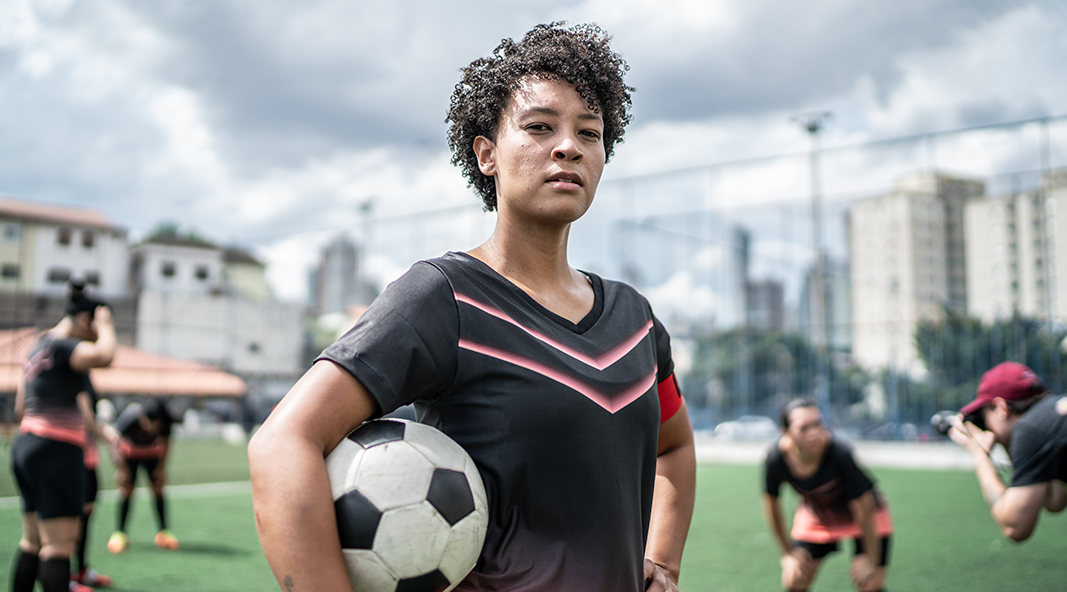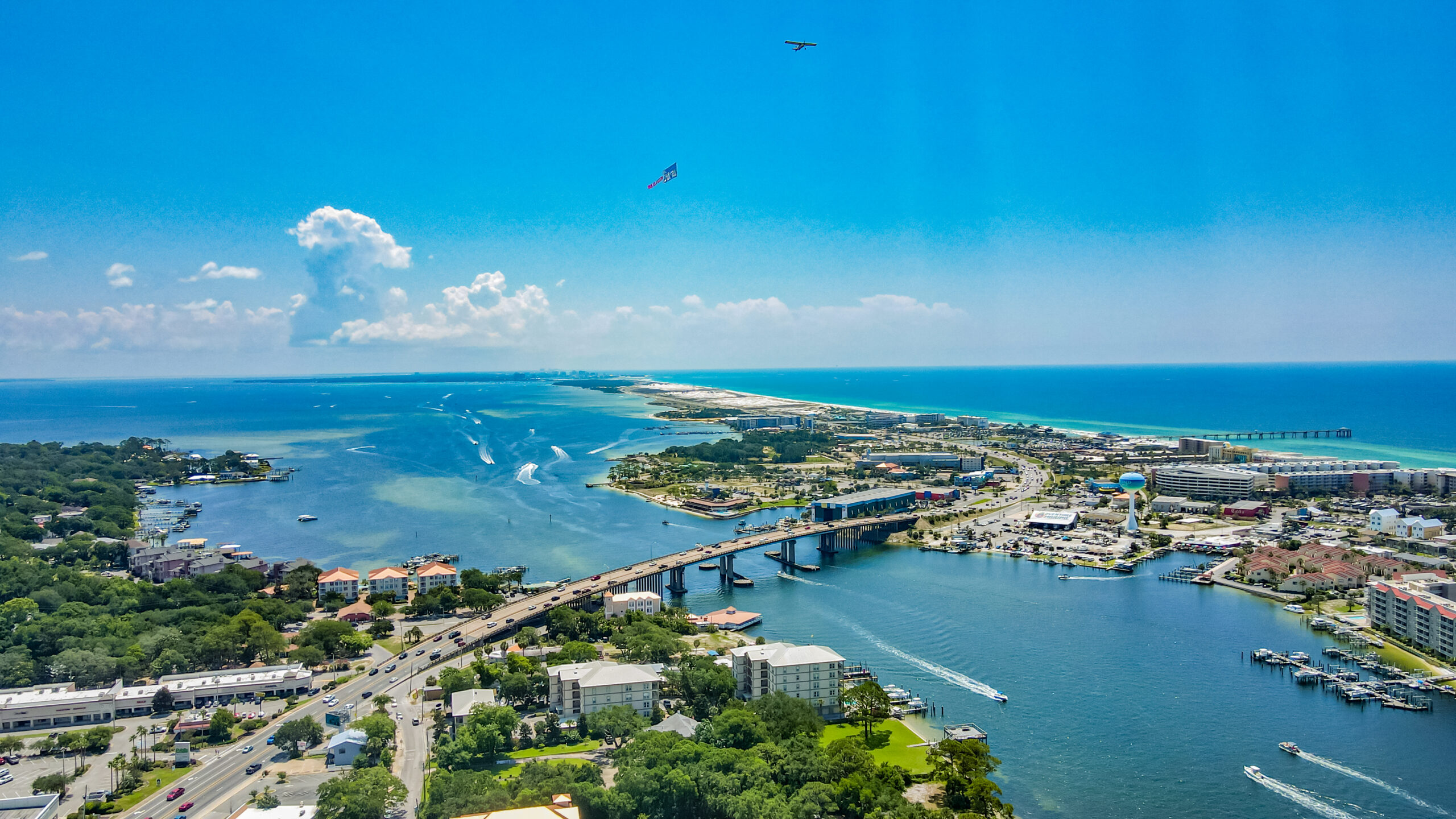Background & General Considerations
- Low-Grade Labral/Rotator Cuff Tears: At times athletes collect minor injuries to the rotator cuff and/or labrum. Fraying of these tissues are also called “low-grade” tears. Smoothing the frayed portions can decrease catching sensations that can cause pain. Smoothing these tissues is often called a “debridement.”
- Postoperative Pain Pump: No shoulder exercises while a pain pump is in place
- Sling Time: Have the patient wear sling at all times except while showering and while doing exercise or physical therapy for the first 2 weeks or as directed on the initiating prescription.
- Range of Motion Restrictions: Since no tissues are repaired, there is limited range of motion restrictions with debridements.
- Maturation Time: Since no tissues are repaired, there is a decreased time to return to stressing activities. To allow the joint to restore normal synovial fluid mechanics, do not lift heavy objects, support body weight, perform heavy upper body weight lifting, or perform sudden jerking movements for 6 weeks.
- Return to Sports: A return to sports at 2 to 3 months after a debridement may be considered, but each individuals return to sport will be specified and tailored by the circumstances of their case.
- Protocols are Guidelines and Functional Progression: Please note that the following protocol is a general guideline. Patients should not be progressed to the next phase until they demonstrate proper form with all activities and functional criteria are met in the current phase. The timelines of this protocol are a general guideline.
- Whole Body Approach: Assess functional movements of the whole body and incorporate treatment modalities for loss of mobility and stability in the entire system.
- Ideal Frequency: Formal physical therapy provides the optimal environment and guidance throughout the recovery process. In an ideal situation, 20-30 visits during the first 2-3 months of the recovery would be optimal. Patients should visit with a physical therapist 2 times a week for the first 6 weeks, then 2 to 3 times a week for the next 2-6 weeks. This is not always possible and must be tailored for each patient. Since not all patients have access to the same equipment, exercises should be tailored appropriately.
- BLOOD FLOW RESTRICTION THERAPY: Blood Flow Restriction (BFR) has compelling evidence that it can improve the systemic healing response when used post-operatively with low-intensity resistance training (LIRT). However, not everyone will have access to BFR.
- Neurocognitive Rehabilitation: It is clear that injury events effect the brain as much as the muscles and joints involved. Progressive rehabilitation programs are combining neuromuscular with neurocognitive methods. Consider the addition of neurocognitive methods to each phase of the rehabilitation process.
Phase I (Maximal Protection Phase, Generally Weeks 0-2):
Principles/Goals:
-Diminish Pain Associated with Swelling and Initial Post-Surgical Inflammatory Response
-Gradually Restore Normal Passive Range of Motion
-No Resisted Lifting, Pulling, or Pushing Motions
-Optimize Nutrition and Healing Response
-Prevent Negative Effects of Sling Immobilization
-Minimize Muscle Atrophy
-Keep Incisions Clean and Dry
Treatment Recommendations/Examples (Day 1-14)
-Elbow/Hand ROM and Gripping Exercises, Encourage Use of Squeezing Ball that Accompanies Sling
-Upper Trap and Levator Scapulae Stretches
-Active Scapular Control Exercises in Sling
-Shoulder Submaximal Isometrics (No Biceps Isometrics for Day 1-7)
-Gentle, Pain-Free ROM
- Passive flexion to 110
- Passive ER at 45 degrees of abduction to 45 degrees
- Passive IR at 45 degrees abduction to 45 degrees
-Gentle, Pain-Free ROM
- Active T-Bar ER/IR with elbow supported in the scapular plane
-Rhythmic Stabilization Drills
- ER/IR in scapular plane
- All directions at 100 degree flexion
-Neck Mobility, Stability Exercises
-Cryotherapy and Soft Tissue Modalities as Needed
-Blood Flow Restriction (BFR) has compelling evidence that it can improve the systemic healing response. Considering using with LE strengthening exercises.
-Neurocognitive Rehabilitation: Consider the addition of neurocognitive methods to each phase of the rehabilitation process.
Phase II (Early ROM and Strengthening Phase, Generally Weeks 3-4)
Principles/Goals:
-Gradually Restore Full Range of Motion
-Enhance Neuromuscular Control
-Improve Muscular Strength
-Restore Scapular Stability and Neuromuscular Timing
-Improve Rotator Cuff Activation and Strength
-Optimize Nutrition and Healing Response
-Begin Restoring Muscle Mass
Criteria to Progress to Phase II
-Steadily Progressing ROM
-Minimal Pain
-Normal Scapulohumeral Rhythm in Gravity Lessened Positions
Treatment Recommendations/Examples
-Pulleys in Scapular Plane
-Restore Normal Range of Motion
- Passive flexion to 160 degrees
- Passive ER at 90 degrees abduction to 80 degrees, unless throwing athlete and then 90 degrees
- Passive IR at 90 degrees abduction to 75 degrees
-Active ROM Can Progress to Limits Above
-May Begin to Work on Gentle Behind the Back Stretches to Tolerance
-Progress all Isotonic Strengthening and Tube Exercises
- Prone Row
- Prone shoulder extension
- Sidelying external rotation
- Supine lower trap
-Progress all Scapula Stabilization Exercises
-Progress Proprioceptive Neuromuscular Facilitation (PNF) Techniques
-Core Strengthening and Farmer’s Carries
-Cryotherapy and soft tissue modalities as needed
-Blood Flow Restriction (BFR) has compelling evidence that it can improve the systemic healing response. Considering using with LE strengthening exercises.
-Neurocognitive Rehabilitation: Consider the addition of neurocognitive methods to each phase of the rehabilitation process.
-Phase III (Intermediate ROM and Strengthening Phase, Generally Weeks 5-8)
Principles/Goals:
-Increase Strength/Endurance
-Improve Neuromuscular Control/Scapulohumeral Rhythm
-Improve Rotator Cuff Activations and Strength
-Prepare for Sport Specific Movements (Progress to Overhead)
-Enhance Neuromuscular Control
-Optimize Nutrition and Healing Response
-Restoring Normal Muscle Mass
Criteria to Progress to Phase III
-Full Pain Free Range of Motion
-No Pain or Tenderness
-Normal Scapulohumeral Rhythm in Gravity Lessened Positions
Treatment Recommendations/Examples
-Emphasize Strengthening in Functional Movements
-Begin Mobility/Stability of Appropriate Spinal Segments
-Proprioception Neuromuscular Facilitation and Perturbation Training
-Initiate Plyometric Training (2 hand to 1 hand drills)
-Incorporate Cardiovascular Training
-Resistance Exercises Progressing to 90 degrees Shoulder Abduction
-Progress Proprioception Exercise (Below Shoulder to Above Shoulder)
-Capsular Stretching Program (active/passive as needed)
-Initiate Closed Kinetic Chain Exercises at Week 7
-Incorporate Sport Specific Drills (towel drills, dry throws, wind up)
-Restore Normal Open Kinetic Chain and Close Kinetic Chain Combined Functional Joint Movement Patterns
-Continue to Progress Mobility/Stability of Appropriate Spinal Segments
-Cryotherapy and soft tissue modalities as needed
-Blood Flow Restriction (BFR) has compelling evidence that it can improve the systemic healing response. Considering using with LE strengthening exercises.
-Neurocognitive Rehabilitation: Consider the addition of neurocognitive methods to each phase of the rehabilitation process.
Phase IV (Optimize Strength/Proprioception and Return to Sport, Weeks 9+)
Principles/Goals:
-Complete Interval Sport Program Pain Free
-Improve Muscular Strength and Endurance
-Optimize Neuromuscular Control
-Enhance Muscular Strength, Power, Endurance
-Progress Functional Activities
-Return to Sport Activities
Treatment Recommendations/Examples
-Consider Once a Week to Once Every Other Week Visits
-Initiate Linear Throwing Program (2 weeks rainbow tosses prior to linear throwing)
-Progress Body Weight Resistance Upper Extremity Exercises
-Progress Dynamic Warm-up and Mobility Exercises
-Continue Core Stability in Functional Sport/Activity Demand Positions
-Initiate Endurance Training
-Initiate/Progress Interval sport Program
-Consider restricted/Non-contact return to sport activities
Return to Sport Considerations
- A return to sports at 2 to 3 months is reasonable, but each individuals return to sport will be specified and tailored by the circumstances of their case.
- Timing of Return to Sport Considers Many Factors Including Age, Specific Sport, Participation Level, Time of Season. This will be tailored and considered in light of risks and benefits of timing.
- Consider Video Recording of Athletic Activities to Ensure a Return of Proper, Balanced Functional Movements as well as Form and Technique
- Athlete Must Demonstrate Quality and Symmetric Movement Throughout the Entire Body
- Symmetric and Acceptable Scores on Closed Kinetic Chain Upper Extremity Strength Testing
- Return to Sport Testing Can be Used to Help Identify Deficiencies and Guide Final Preparations
Updated July, 2024
Adam Anz, MD.—For additional information, please contact the office of Dr. Adam Anz, serving the greater Pensacola, Gulf Breeze, and Gulf Coast communities.




